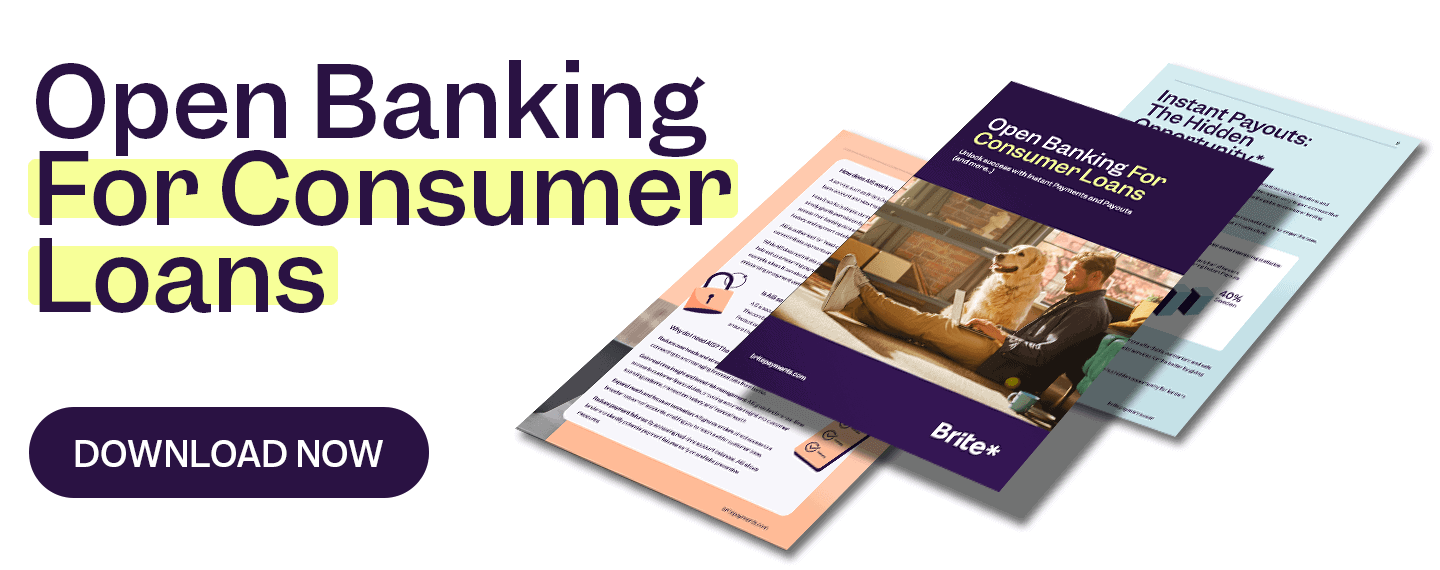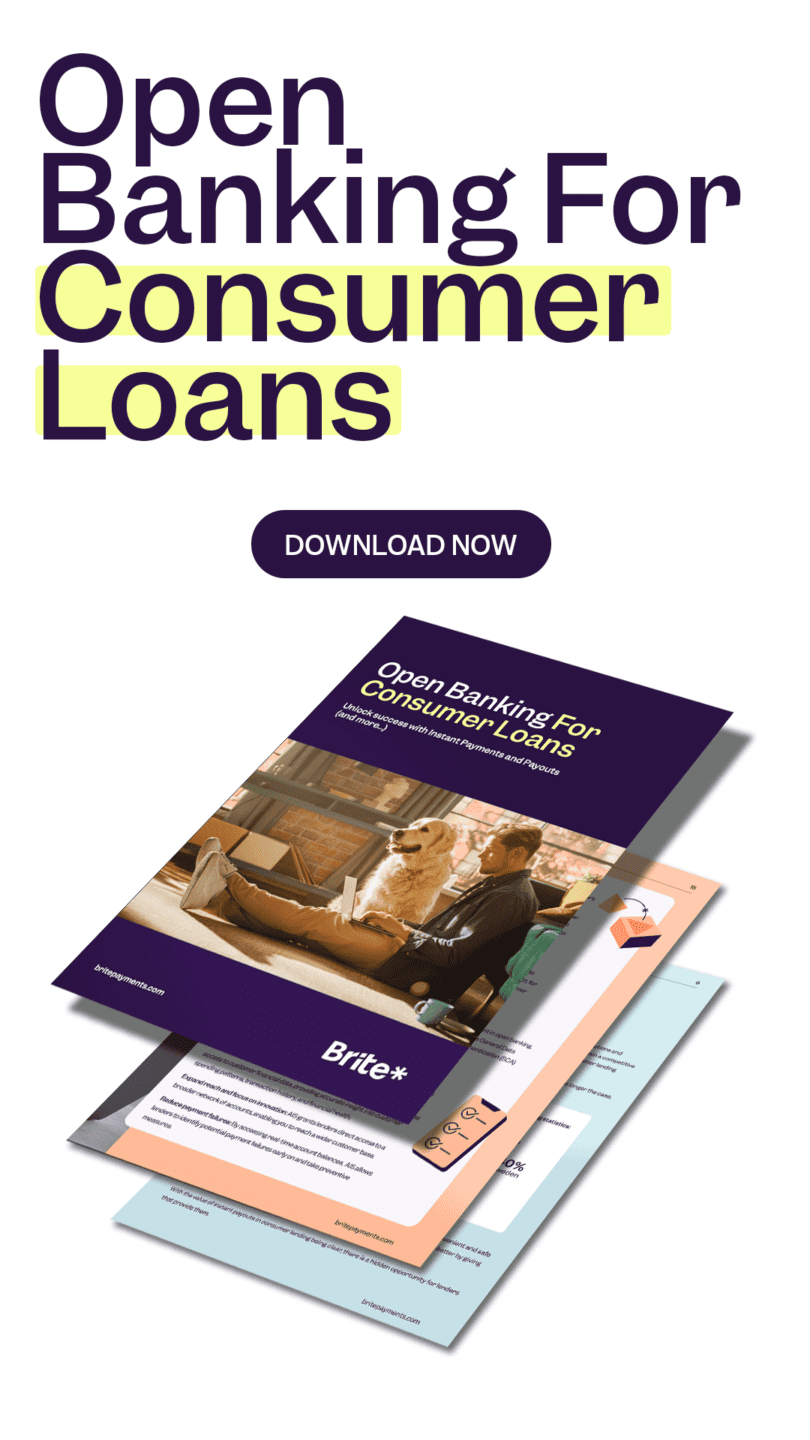
It’s fair to say that 2024 has been a turbulent year for the financial industry, fintech industry, and for consumer lending. However, with 2024 drawing to a close, brands in the finance sector and in the fintech space will need to think about what lies ahead of them, and consider some of the upcoming consumer lending trends and economic developments we can expect to see in 2025.
Technology, legislation, and brand-new product offers are all set to totally change the game in the world of consumer lending. With modern borrowers now seeking ways to take out loans without the additional burden of credit or interest, lenders will have to get creative and pursue new avenues of financing if they want to achieve long-term growth and stability.
So, how can brands adjust to this brave new world?
If they want to capitalise on these newly emergent consumer lending trends, they need to first anticipate and then understand them, before they can react accordingly. This article aims to share some of Brite’s key predictions for the consumer lending landscape over the next year and our analysis of their implications for brands in the finance sector. Read on to learn more.
1. Interest rates
Interest rates are predicted to remain generally high around the world next year. This is due to a range of economic factors, such as measures by banking authorities to reduce inflation and high rates of borrowing for consumers globally. Although these interest rates are due to ease gradually in the next year, they will still remain relatively high compared to pre-pandemic levels.
Because of the cost-of-living crisis and the economic burdens placed on the public, people are saving less and borrowing more. This increased borrowing has, in turn, raised rates of interest for consumers, affecting mortgage repayments, loan repayments, and more. As a result, consumers will increasingly look for alternative, interest-free payment methods or lending options as we transition into 2025.
We predict that this increase in lending, coupled with relatively high interest rates, shouldn’t be viewed negatively by lenders. The public demand for loans certainly hasn’t decreased,even if consumers are wary of taking on significant debt in a time of austerity. This isn’t a hurdle for brands though. On the contrary, it presents a great business opportunity for lenders, who should explore more methods of lending that resonate with the general public in the next year.
2. Impacts on credit cards
With all this socio-economic flux to contend with, consumers are becoming more conservative. They are turning away from more traditional lending resources, such as credit cards, and opting for other alternatives.
Indeed, many younger demographics — such as Gen Z — report wanting to avoid taking on debt or credit and this is a key consumer lending trend of 2025. Thus, consumers in this age range looking for alternative kinds of loans are now opting towards more sustainable payment options that don’t come with high interest rates.
For example, in the United States and Europe credit card usage is declining while debit card usage is rising, and this trend is expected to continue in 2025. As a consequence, account-to-account (or ‘A2A’) payments, which are instant and involve no credit, are likely to grow in the coming year. Per Brite’s own Instant Economy report, 36% of all 18-29 year-olds are already utilising pay-by-bank on a weekly basis.
With this in mind, brands wishing to target and convert younger borrowers would be well-advised to invest more in debit cards and A2A payments if they want to strike a chord with them.
3. Is Open Finance the key consumer lending trend of 2025?
The continual expansion of open finance is set to disrupt the consumer lending market in the next year. But what is open finance, and what are its implications for borrowers and lenders?
Simply put, open finance is a financial services concept that expands upon open banking. It aims to foster innovation and personalisation via greater data-sharing: it improves consumers’ access to and use of financial services products (such as loans) by enabling new ways for them to share their relevant data with third-party providers.
With this in mind, open finance also offers consumers competitive loan rates by tailoring products based on customer data — attracting more borrowers and increasing profitability — while providing a more transparent and secure application process for them.
Indeed, according to recent data from Juniper Research, global payment transactions facilitated by Open Banking will hit $116 billion by the end of next year — having increased by 2,800% since 2021. Therefore, we predict that Account information service providers (AISPs) will only become more prominent in consumer lending trend in 2025, as more and more lenders and payment providers seek to embrace open finance opportunities.
4. New compliance and regulations
However, lenders must consider more than just consumers’ expectations and needs. They also have to accommodate the requirements of the regulatory landscape in which they will operate in the year to come.
This is because the latent explosion in new technology and lending products has led to government bodies around the world stepping up to ensure that lending is conducted safely, responsibly, and securely. Brite anticipates an intensification of regulatory red tape over certain forms of consumer lending, which financial enterprises must be aware of.
For example, in the United States, new protections for payday and instalment loans introduced by the CFPB—aimed at tackling junk fees and excessive lender withdrawals—are due to come into effect as of March 30, 2025.
Meanwhile, in the United Kingdom and Europe, upcoming regulatory changes in financial compliance will come into effect next year: DORA, AMLA, NIS2, PSD3, Sustainable Finance Disclosure Regulation (SFDR), and EU Taxonomy. These new regulations, all of which are relevant to lenders operating in these regions, are mainly focused on improved transfer security, resilience against cyber threats, and improved reporting, among other issues.
5. Buy Now, Pay Later – still a key consumer lending trend?
Buy Now, Pay Later (BNPL) loans are only expected to mature over the next year—according to GlobalData, the worldwide BNPL market is currently expected to reach $576 billion by 2025. Again, because they avoid interest, BNPL loans have become extremely popular among younger demographics who want to make short-term purchases.
Due to their popularity, BNPL loans have come under governmental scrutiny. In the UK, for instance, BNPL loans are set to fall under the supervision of the Financial Conduct Authority (FCA), which will apply the Consumer Credit Act to them in the next year. With this shift towards greater transparency, there will also be stricter assessments of who can be granted credit. This could also increase the level of risk assessment made by BNPL providers.
With all that in mind, we predict that BNPL could evolve into more of a data-sharing role, where providers can offer insights on the types and amounts of loans they’ve granted. This could, in turn, lead to a more competitive industry over the course of 2025.
6. Variable Recurring Payments (VRPs)
Variable Recurring Payments (VRPs) has long been touted as one fo the most exciting consumer lending trends. They have the dual potential for both “sweeping” between consumer accounts and enabling wider commercial uses. This payment method enables borrowers to securely connect authorised payment providers to their bank accounts, allowing the latter to make recurring payments on behalf of the former.
This method of lending/payment is useful for individuals and commercial enterprises. It could potentially streamline how consumers manage recurring payments, making it easier to automate payments between their own accounts and for services. This could draw even more customers towards VRP as a viable payment method due to its ease and convenience.
Conclusion to consumer lending trends
2025 is sure to be a time of change and innovation for lenders and borrowers alike. – with some major consumer lending trends hitting both consumers and merchants. That said, it’s now essential that borrowers take the initiative and stay aware of the ever-shifting landscape — with all its associated opportunities and pitfalls.
Brite is constantly sharing insights on the future of the payment landscape and the consumer lending industry as a whole. We’ve also made it our mission to provide a wealth of updates and information on new regulatory compliance that financial enterprises need to consider (always an essential consumer lending trend).
So, if you’d like to learn more about what the future holds, then visit Brite’s resources page to learn more now.

